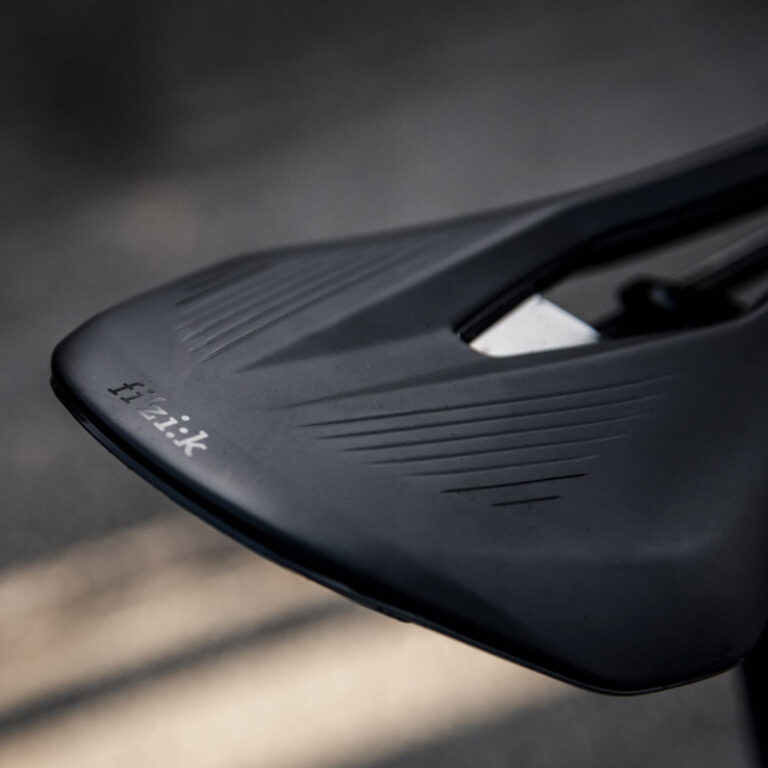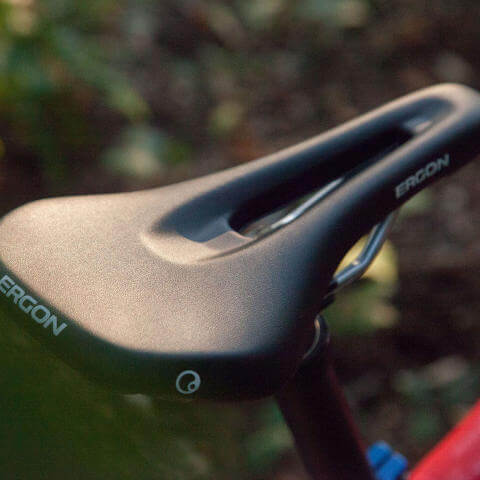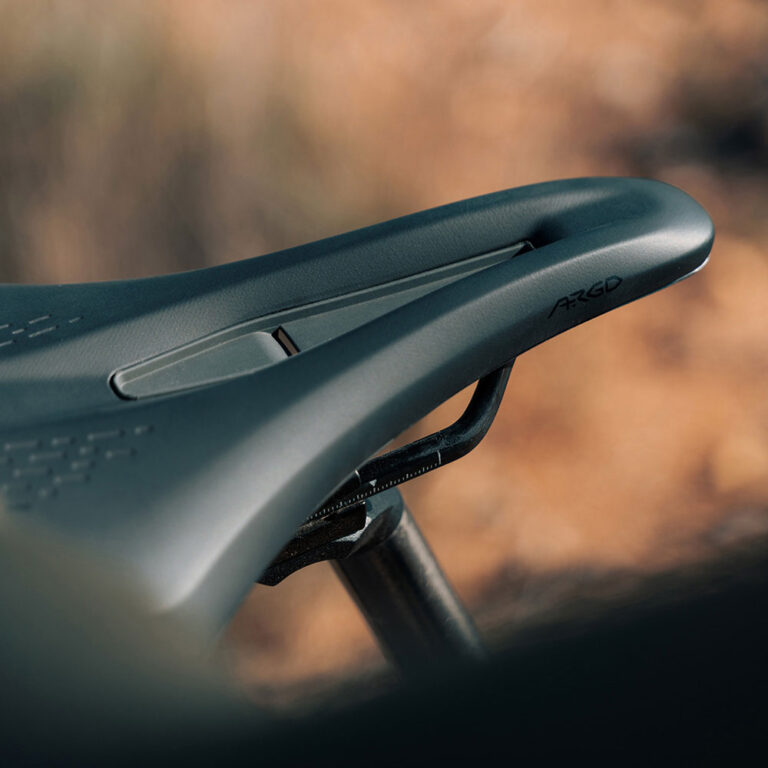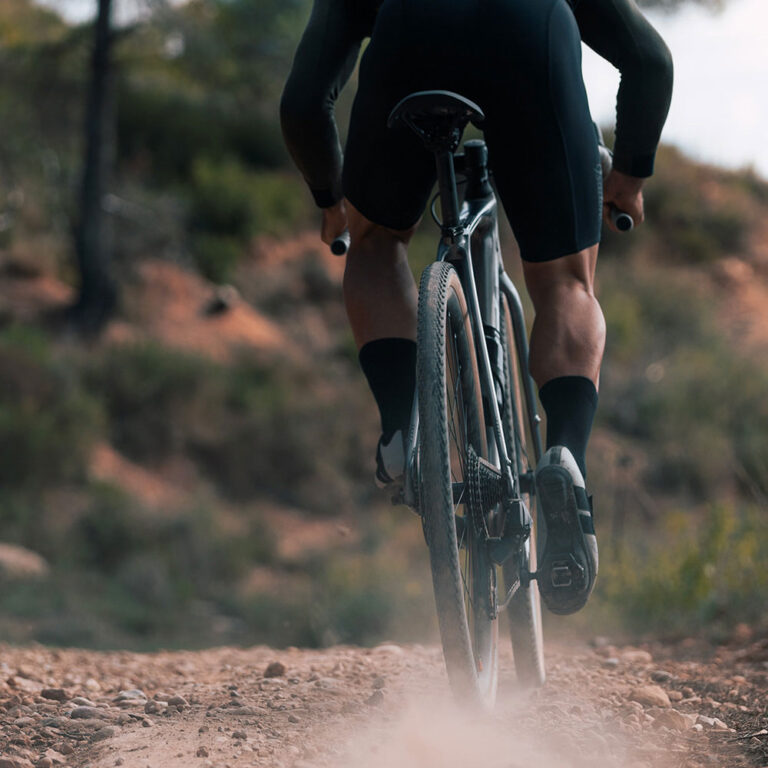Mastering Comfort on the Trail: Adjusting Your Gravel Bike Saddle for Comfort
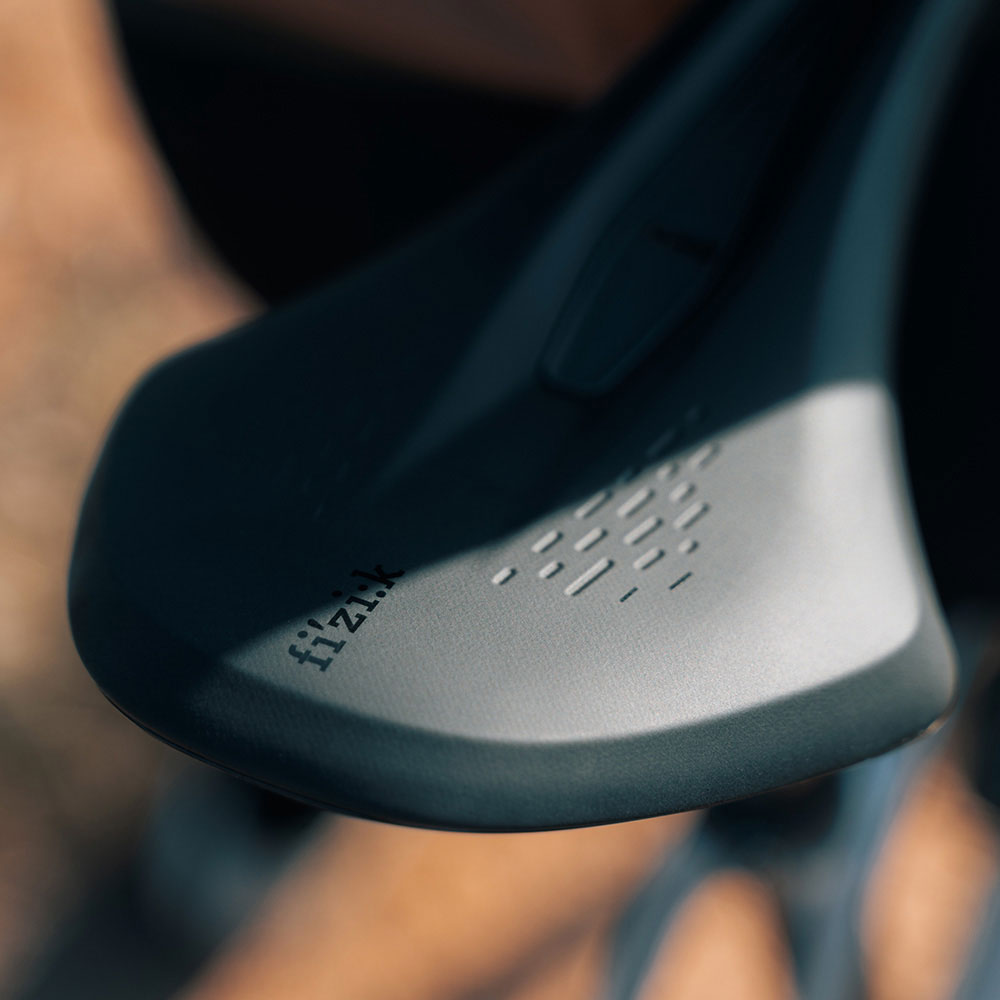
Key Point Summary of Adjusting Your Gravel Bike Saddle for Comfort:
- Essentials of Saddle Adjustment: Understanding the importance of saddle height, position, and tilt for optimal comfort.
- Choosing the Right Saddle: Exploring different saddle types and the significance of personal choice in saddle selection.
- Fine-Tuning for Comfort: The value of gel pads, the break-in period, and the benefits of short test rides and professional bike fits.
Adjusting your gravel bike saddle for comfort is crucial for an enjoyable and pain-free ride. As a seasoned cyclist with extensive experience in various bike disciplines, I’ve learned that the right saddle setup can make a world of difference. Here are some key insights and personal anecdotes to help you adjust your gravel bike saddle:
Essentials of Saddle Adjustment
Saddle Height
Proper saddle height is pivotal. A good rule of thumb is to adjust the saddle so that your leg is almost fully extended but with a slight bend in the knee when the pedal is at its lowest point. This maximizes power while protecting your knees. I recall adjusting my saddle height before a long gravel ride, which significantly reduced my knee strain.
Saddle Position
The saddle’s fore/aft position greatly affects your pedaling efficiency. A helpful technique is to ensure your forward knee is directly over the pedal spindle when the pedals are horizontal. Adjustments forward or backward can improve your comfort and pedaling power. I remember tweaking this on a cyclocross bike and feeling an immediate improvement in pedaling efficiency.
Saddle Tilt
A level saddle works for most, but slight adjustments can be beneficial. For example, a forward tilt can relieve soft tissue pressure, while a backward tilt can suit others. I’ve experimented with this and found a slight forward tilt helped reduce pressure on longer rides.
Choosing the Right Saddle
Saddle Choice
Different saddles cater to different riders. It’s essential to find one that suits your anatomy and riding style. I’ve tried various saddles before settling on one that felt like it was made for me.
Gel Pads or Cushioning
While some riders prefer additional padding, it’s crucial to find a balance. Excessive cushioning can lead to discomfort. I experimented with gel covers but eventually preferred a well-designed saddle without extra padding.
Fine-Tuning for Comfort
Break-in Period
New saddles or adjustments can take time to get used to. Allow a few rides to adapt before making further changes. I remember when I first switched to a new saddle; it took several rides to feel right.
Short Rides for Testing
Test new adjustments on short rides. This approach helps in identifying what works and what needs further adjustment. I often do a quick test ride around my neighborhood after making any changes.
Professional Bike Fit
If discomfort persists, consider a professional bike fit. A bike fitter can provide tailored adjustments. I once had a professional fit for a gravel race, which significantly improved my overall comfort.
Listen to Your Body
Your body’s feedback is invaluable. If you experience discomfort, numbness, or pain, it’s a sign that adjustments are necessary. Always listen to your body’s cues.
Furthermore, we extract these guidelines provided by Bikecycling Reviews, Bike Besties, and Bicycle Volt, and it’s interesting to note that 3 out of the 6 points we discussed earlier align with their insights. However, we’ll delve deeper into the subject here.
- Saddle Height: The saddle height should allow you to sit on the saddle with your ischial tuberosity (sit bones) placed squarely on the rear pads of the saddle. Your knee should have a slight bend when your foot is at the lowest point in the pedal’s revolution. Incorrect saddle height can lead to discomfort and inefficiency. A simple way to check this is the ‘Heel-to-pedal Method’ where you adjust the saddle height until your hips just stop rocking when pedaling with your heels on the pedals.
- Saddle Angle (Nose Tilt): The saddle angle is crucial for avoiding discomfort in sensitive areas. The starting point is usually a saddle angle between 0-5 degrees. This means either perfectly level or with a very slight downward tilt at the nose. Adjust the saddle angle using hex wrenches and a test ride to find the most comfortable position for you.
- Fore/Aft Position: This refers to the distance to which the saddle is slid forward or backward along the rails. A neutral position where the saddle is fixed at the center point of the twin rails is a good starting point. Adjusting this can help alleviate undue stress on the hands, wrists, and forearms, as well as the perineum.
- Side-to-Side Adjustment: Some cyclists may find comfort with a slight angle to the right or left to accommodate anatomical asymmetry or leg length discrepancies.
- Sit Bone Width: The width of your sit bones should match the width of your saddle. Some shops offer tools to measure the distance between your ischial tuberosities, or sit bones, for optimal comfort.
- Contact Point Comfort: Pay attention to the comfort of your contact points when adjusting your saddle. This includes the handlebars, pedals, and the saddle itself.
Finding the ideal saddle position is an ongoing process that hinges on personal comfort and riding preferences. It involves experimenting with various saddles, angles, and positions, and conducting regular trials to assess comfort. Should you continue to face discomfort despite these adjustments, it’s advisable to seek the expertise of a professional bike fitter.
In conclusion, adjusting your gravel bike saddle for comfort is a blend of science and personal preference. It’s about finding what works for you through experimentation and adjustments. Remember, comfort leads to better performance and a more enjoyable ride.
FAQ
How do you adjust the height of a gravel bike saddle?
Adjusting the height of a gravel bike saddle is an important step to ensure a comfortable and efficient ride. Here’s a general guide on how to do it:
- Find the Right Height: Your saddle height should allow for a slight bend in your knee when your foot is at the bottom of the pedal stroke. This position maximizes pedaling efficiency and comfort while minimizing the risk of injury.
- Tools Needed: Typically, you’ll need an Allen key or a hex key, depending on your bike’s seatpost clamp type.
- Loosen the Seatpost Clamp: Use the appropriate key to loosen the bolt on the seatpost clamp. This is usually located at the top of the seatpost where it enters the frame.
- Adjust the Saddle Height:
- If you’re unsure about the right height, a common method is the heel-to-pedal method: Sit on the bike, place your heel on the pedal, and pedal backward. Your leg should be fully extended when the pedal is at the lowest point.
- Another method is to measure your inseam and use a formula like the 109% Method: Multiply your inseam by 109%, and set your saddle height to this distance from the center of the bottom bracket to the top of the saddle.
- Fine-tuning: Make small adjustments, either raising or lowering the saddle, until you find the most comfortable height. It’s recommended to make these adjustments in small increments, such as 1/2″ or 10mm at a time.
- Retighten the Clamp: Once you’ve found the correct height, retighten the seatpost clamp bolt to secure the saddle in place. Ensure it’s tight enough to hold the saddle at the set height but not so tight as to damage the seatpost or frame.
- Test Ride: After adjusting, it’s a good idea to go for a short test ride to ensure the height feels right and make any necessary minor adjustments.
The correct saddle height can vary based on individual biomechanics, so what works for one person may not work for another. Listening to your body’s feedback during and after rides is crucial in fine-tuning saddle height for optimal comfort and performance.
What is the best saddle position on a gravel bike?
The best saddle position on a gravel bike is one that ensures a slight bend in the knee at the bottom of the pedal stroke (for saddle height) and aligns the knee over the pedal spindle when the pedals are horizontal (for fore/aft position). This setup optimizes comfort, efficiency, and power transfer. Fine-tuning for individual comfort is key, as it can vary based on personal biomechanics and riding style.
What is the 109% rule?
The 109% rule is a method used to determine the optimal saddle height for cycling, designed to provide a starting point for saddle height adjustment, aiming for efficient pedaling while reducing the risk of injury.
- Measure Your Inseam: In cycling terms, inseam measurement is taken from the crotch to the ground while wearing cycling shoes and standing against a wall.
- Calculate Saddle Height: Take the inseam measurement and multiply it by 109%. The resulting number is the distance from the center of the bottom bracket to the top of the saddle along the seat tube.
We understand your concern! In this age of abundant information, it would be unwise to rely on just a single resource. That’s why we’re dedicated to offering you a variety of helpful resources. We aim to cater comprehensively to your bicycling needs, especially for you gravel bike enthusiasts!
By providing a range of expert insights and guides, we ensure that you have access to the most relevant and practical advice to enhance your riding experience.
If you’re just getting started, we recommend you to click below guide!
How to Choose a Gravel Bike Saddle
Happy cycling!
John
